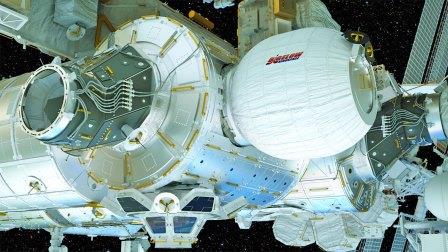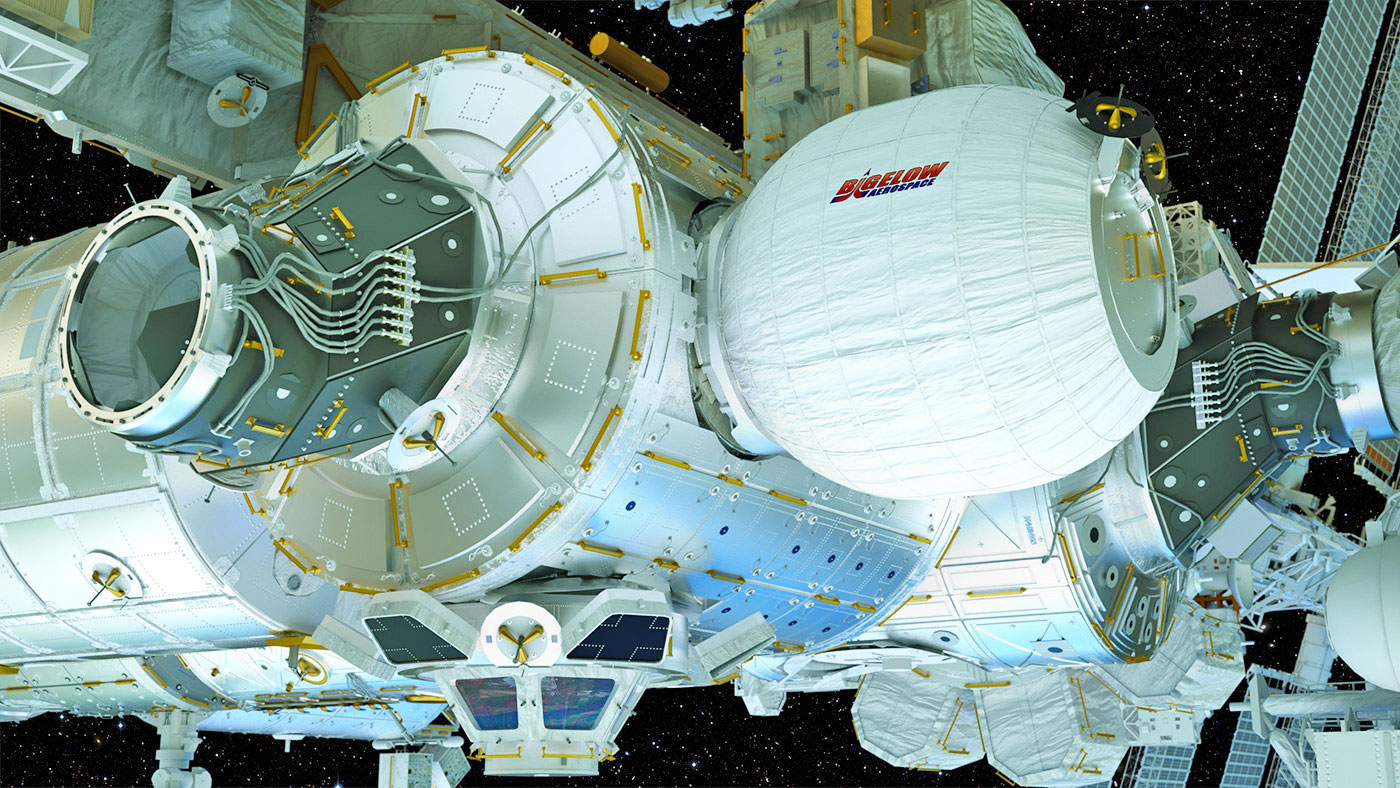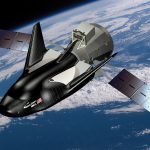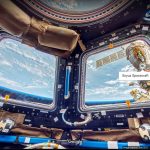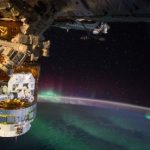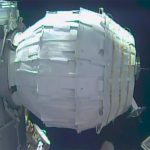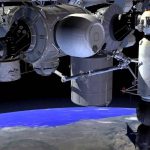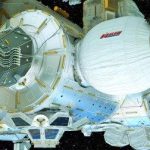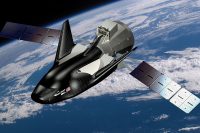ISS’ expandable module has a shield that protects it from debris
You had a lot of questions when we wrote about NASA gearing up to inflate BEAM on the ISS. Does it inflate like a balloon? What if it gets hit by micrometeoroids then? Does it protect against radiation? While there are many things we won’t know for sure until the end of BEAM’s two-year testing, NASA’s and Bigelow Aerospace’s Reddit AMA and Facebook Q&A could answer some Q’s floating around your head. To start with, the team clarified that BEAM isn’t an “inflatable.” Its walls don’t stretch like a balloon — they’re incredibly stiff and are “several times stronger per weight than metals commonly used in space applications.” When the ISS crew expands the module on Thursday, the process could be more accurately described as “unfolding” rather than “inflating.”
The team added that the module has a thick layer of Kevlar-like materials that acts as its debris shield. If a micrometeoroid hits it, for instance, it becomes trapped in those laters without penetrating the structure all the way through. Bigelow Aerospace said the company performed hypervelocity impact testing here on Earth by pelting projectiles flying at a speed of 7 kilometers per second at it. Based on the team’s tests, they concluded that its debris shield is as tough as, if not better than, the space station’s debris shield.
Besides answering questions about the module’s toughness, the team also revealed that BEAM can last up to five or more years in outer space. The experimental model, which is as big as a small bedroom, can’t be reused and can only be deployed once. Also, astronauts won’t have to wear spacesuits when they check in on experiments inside BEAM and assess its condition twice a year.
The ISS crew will help the team collect data on radiation, thermal and micrometeoroid impacts. If the module proves to be as tough as the team believes it is, then expandable habitats like Bigelow Aerospace’s bigger model called B330 could be used on Mars or as spacecraft’s living spaces for deep space missions in the future. NASA TV is airing BEAM’s expansion live on Thursday, May 26th, starting at 5:30AM Eastern time. The space station crew will introduce air into the module through a small port, after which they’ll activate BEAMs’ internal tank system. It could take up to two hours for the module to completely unfold, though, so you may want to have some snacks at the ready.
.@Blkwooly @andyweirauthor @BlairBigelow @BigelowSpace Their materials are proprietary, but pretty sturdy stuff. Think “kevlar vest++”
— Tory Bruno (@torybruno) May 24, 2016
(30)

